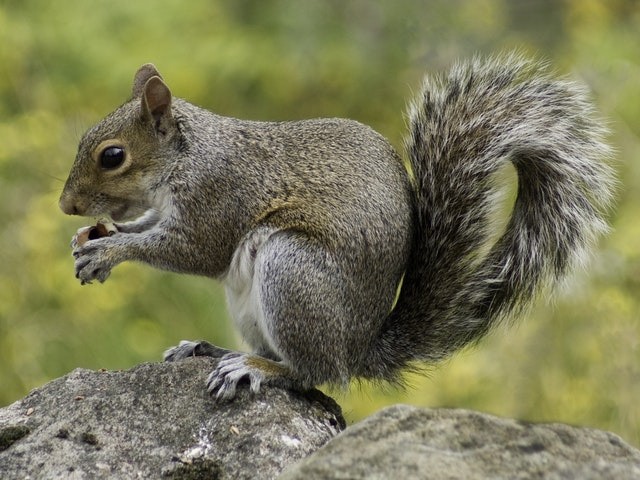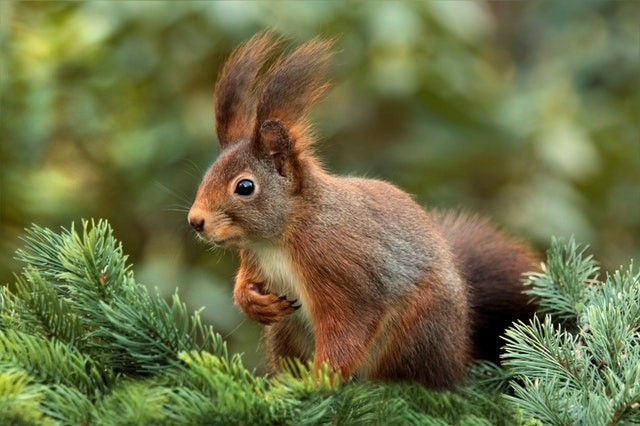A recent study suggests that squirrels and other arboreal rodents developed to have bigger brains compared to their burrowing cousins. This greater power of the brain has given them key abilities they need to flourish in woodland habitats, both better motor skills, and vision, and improved movement of the head and eye, experts disclose.

Key Parts of the Brain
Experts have clarified how the rodent's brain - a multiple group that gives accounts for over 40 percent of all mammals - has transited since they developed about 50 million years ago.
Some studies analyzing factors that affect the size of the brain in mammals have estimated extinct species. Past research was also not able to disclose changes to the sizes of the key parts of the brain.
Scientists from the University of Edinburgh made use of CT scans of skulls from 38 extinct and living species of rodents to study how the brain of animals have transformed over time. The data reveals that the body mass of rodents, lifestyle, and evolutionary history has had an effect on the total size of their brains and particular regions within it.
Arboreal Species
The team revealed that the relative size of the brain of tree squirrels has boosted over time, powered largely by a sharp fall in their body mass. Two important regions of the brain - plus the neocortex, which is involved in motor skills and vision - also became larger in arboreal species.
The petrosal lobules - which aid with eye movement stabilization as the head turns and tracks objects that are moving - also increased in size. Expansion of these regions has aided arboreal rodents acclimatize to life in difficult environments, the team says.
By variation, these brain parts are smaller in the closest living relatives of squirrel - mountain beavers, which inhabit burrows - and some defunct rodent species that had a lifestyle that is similar. This is possibly because burrowing rodents spend most of their time underground with just a little light, implying that good vision might be less important for them, than those in trees.

Important Evolutionary Step
The research, released in the journal Communications Biology, boosted by a National Agency for Research and Development, Marie Sklodowska-Curie Actions Fellowship, Leverhulme Trust and Natural Sciences, European Research Council, and Engineering Research Council of Canada.
A researcher from the University of Toronto, Canada was also involved in the study. Dr. Ornella Bertrand, from the University of Edinburgh's School of GeoSciences, who headed the study, said that ancestors of squirrels were at a crucial juncture 34 million years ago.
They were tinier than their closest defunct relatives, and there were far fewer arboreal primates than today, which opened up a new niche for them. When trees became accessible to them, the ancestors of squirrels seized the opportunity. This change was an important evolutionary step for squirrels as it made them gain larger and more complex brains.
Related Article : Squirrel in Colorado Tests Positive for Bubonic Plague
For more news, updates about squirrels and similar topics don't forget to follow Nature World News!
© 2025 NatureWorldNews.com All rights reserved. Do not reproduce without permission.





